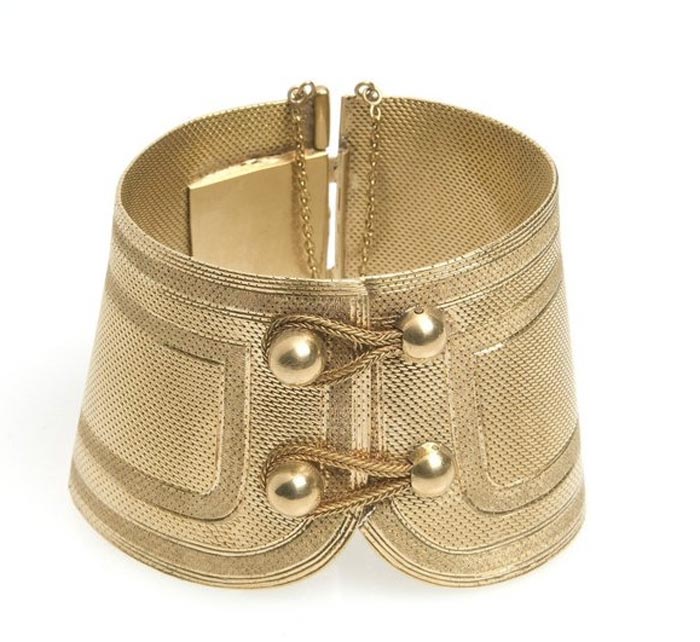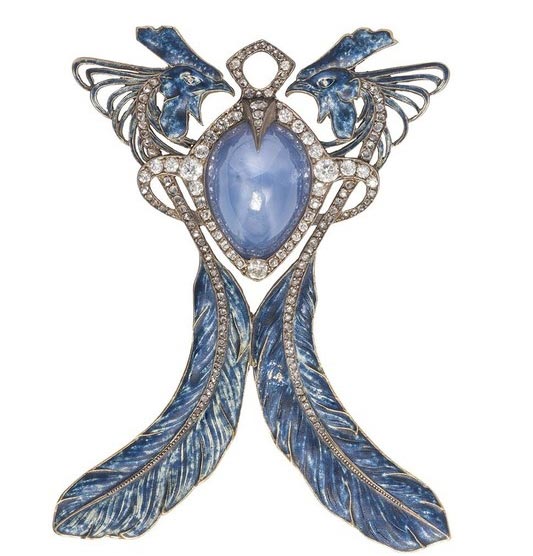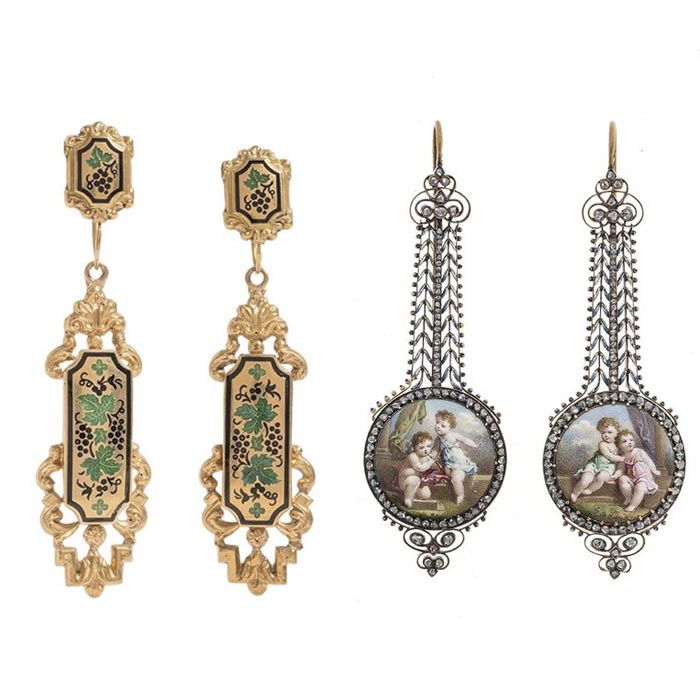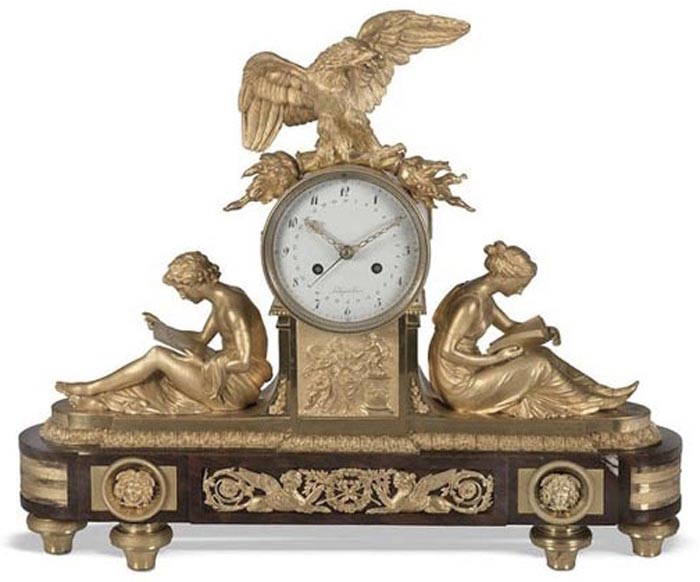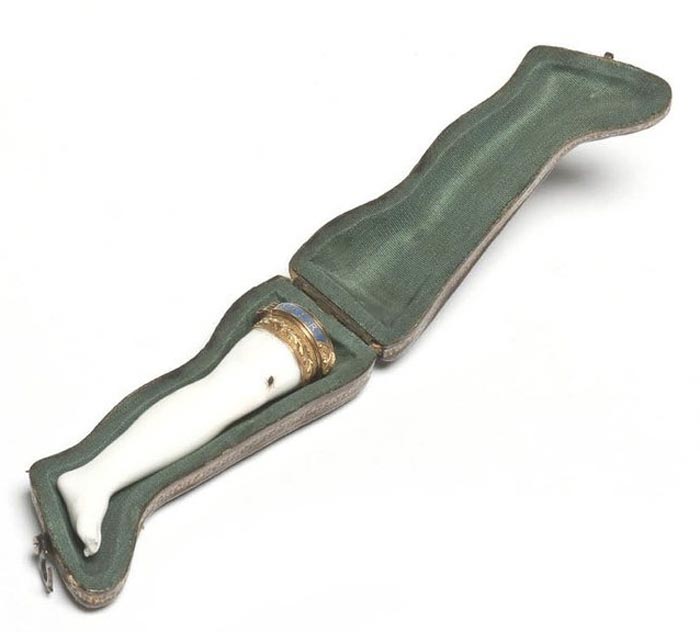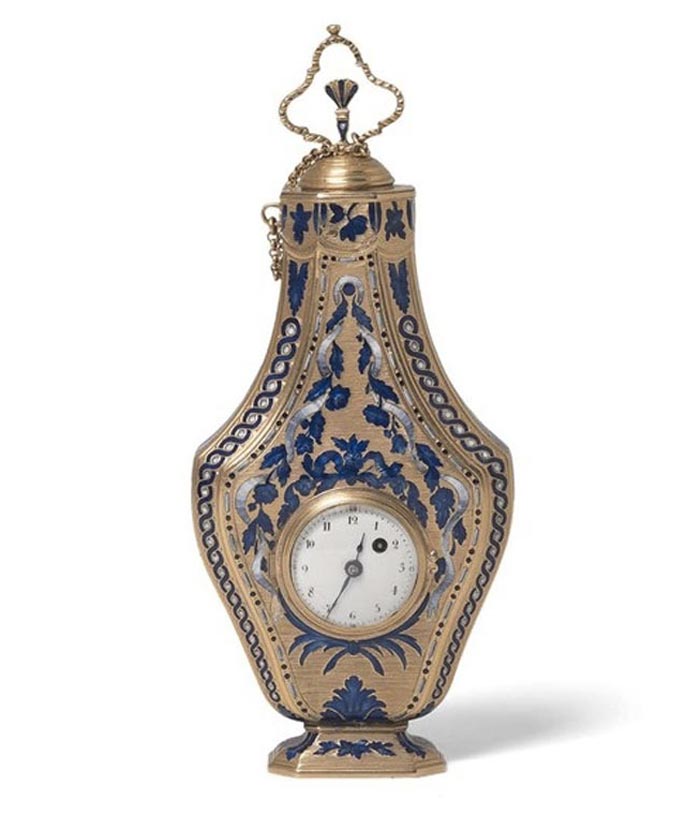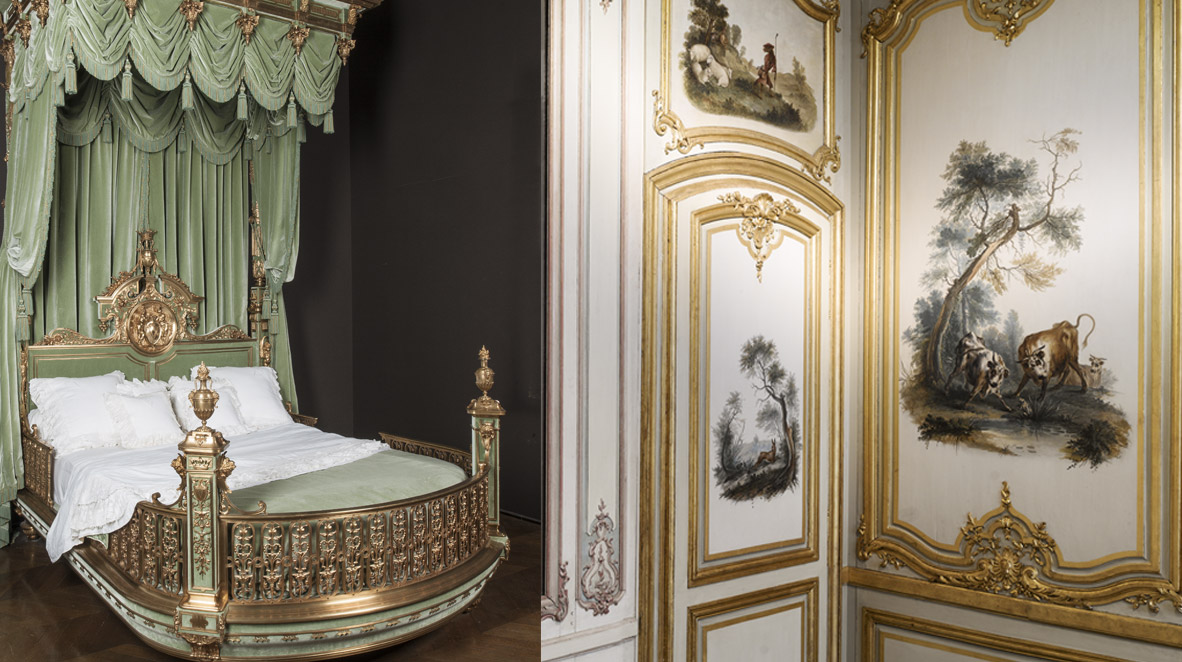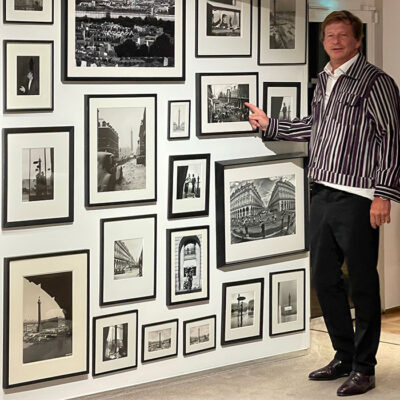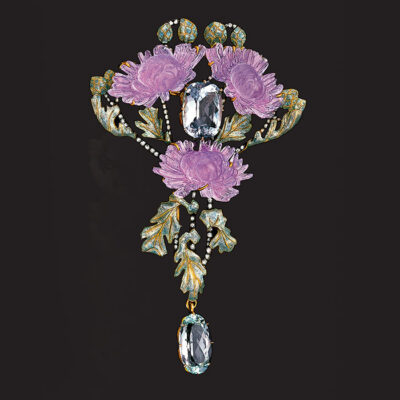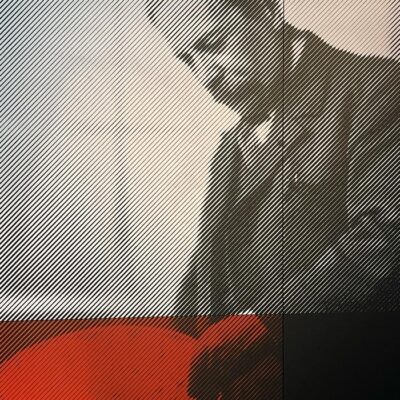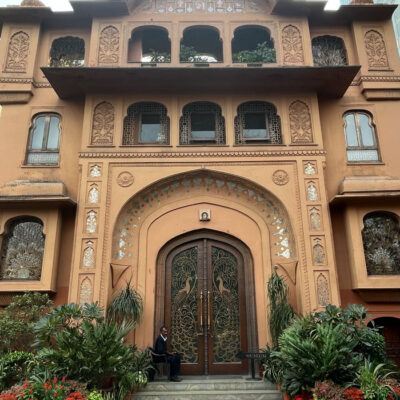Jewelers routes
07 February 2018
Share
7 reasons to go to the Musée des Arts Décoratifs
In fact, I could give you a thousand reasons. But let me just cite a few of my favourite works and rooms, to encourage you to discover the Musée des Arts Décoratifs, the museum that’s just “mad about objects”.
1- The René Lalique collection
There’s no need to hike all the way to the Gulbenkian Foundation in Lisbon or Hakone in Japan to admire the creations of the French jeweler: the Musée des Arts Décoratifs boasts no fewer than 70 of his works, “making this one of the two most beautiful collections in the world,” in the words of Evelyne Possémé, curator of the historic jewelry department. The Jewelry gallery displays several pieces in the Art Nouveau style he led, such as the “Coqs” pendant or the “Le Baiser” brooch in opalescent glass.
2- The 19th century jewelry collection
Bracelets in hair or decorated with cameo portraits, gold châtelaines, earrings in painted enamel, coral finery, and so much more. The 19th century collection of the gallery des Bijoux is one of the best examples of its kind. From historicism to romanticism and esotericism… it encapsulates the stylistic trends of the century and recalls a series of great jewelers now unknown to the general public: Fouquet, Grasset, Froment-Meurice, Fontenay and Vever.
3- Cartier’s Mysterious clock
Put away your preconceived notions about clocks: they are not necessarily boring old-fashioned objects to stick on your mantelpiece. At the Musée des Arts Décoratifs, one of the most famous is inspired by that of the magician Robert-Houdin. On Cartier’s Mystery clock, the hands seem suspended in the void: they are actually attached to two rotating crystal discs, equipped with serrated metal edges and connected to a rack hidden in the frame. The latter is affixed to the mechanism which is usually hidden in the base. A fascinating magic trick!
4- The “Amateur Cabinet” clocks
“The accumulation of objects creates an impression of uniformity, but we must look one by one at these clocks, graced with gilded bronze elements, which are just as beautiful and precious as jewelry,” explains Anne Forray-Carlier, chief curator of the 17th-18th century department. Clad in tortoiseshell, brass marquetry, and green horn, they feature historical figures and hark back to mythology, such as the example in which a young woman pushes back time, and figures representing Study and Philosophy appear on either side of a dial. A device will soon activate their chimes, creating a melody that’s completely MAD.
5- The Fernand Javal collection
Each of the 265 beauty accessories bequeathed by Fernand Javal is more delightful than the others. “They were a source of inspiration for the President of Houbigant, one of the oldest perfume factories,” explains Sophie Motsch, associate curator of the 17th-19th century department. Part accessories, part jewelry, they come in tortoiseshell inlaid with silver, mother-of-pearl, precious stones, and moulded glass in the case of the oldest ones, which date from the time of Louis XIV. A bottle combines with a watch, while a perfume vinaigrette features a Meissen porcelain leg whose garter bears the inscription “Son sort j’envie” (I envy her fate). A microchip is placed on the upper thigh…
6- Private apartments
At the Musée des Arts Décoratifs, we enter into the intimacy of the living space of three great ladies, starting with the typically art deco apartment of dressmaker Jeanne Lanvin, and Madame Dangé’s 18th century boudoir on Place Vendôme. The latter’s wood panels in pastel colours with plant decorations were repainted in beige by the subsequent owner, an army Lieutenant-General. Most astonishing of all is the bed belonging to the courtesan Valtesse de la Bigne, who inspired Émile Zola to create the character of Nana…
7- A break at Loulou
The Musée des Arts Décoratifs restaurant is one of the most sought-after in the capital for its Italian cuisine and atmosphere. The design is by ultra-fashionable architect Joseph Dirand, while the logo, menu and table linen are the work of Jean-Charles de Castelbajac. Everyone who is anyone in Paris is there: publishers, fashion and design people, curators and communicators enjoying the view of the Eiffel Tower and the gardens of the Louvre. In summer, the terrace is a haven of peace and quiet. Unique.
Banner pictures: the four-poster bed of Valtesse de la Bigne and the boudoir of Madame Dangé © MAD


